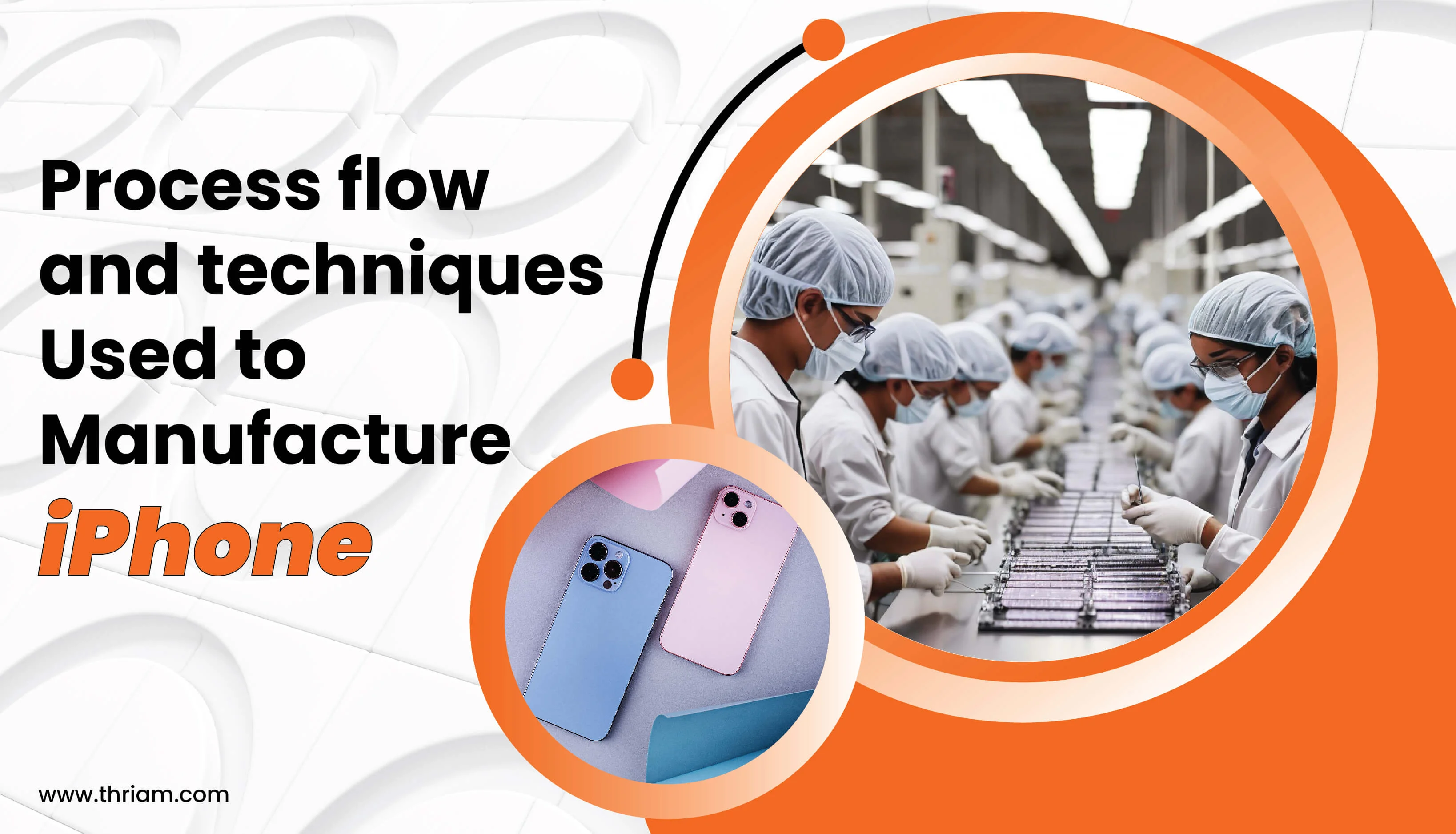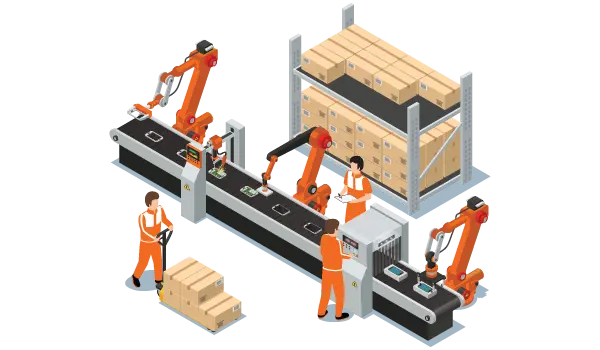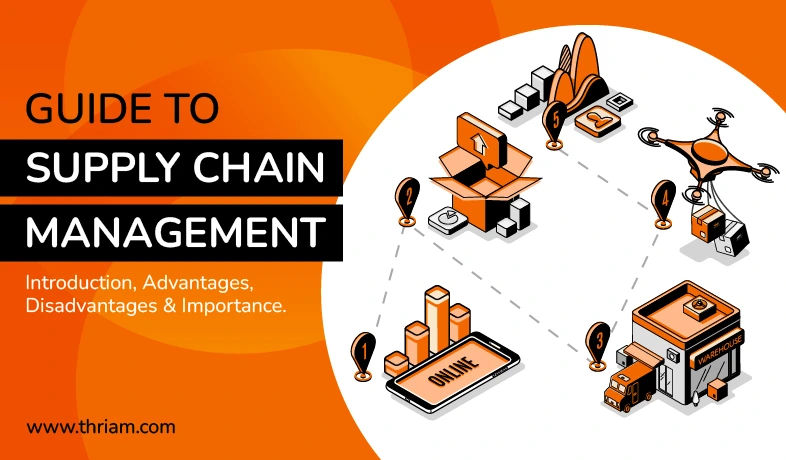A guide to processes behind Apple's iPhone manufacturing

Introduction
Apple has established a strong reputation for innovation and quality in the smartphone industry. The success of their iPhones can be attributed to the meticulous engineering processes utilized throughout the manufacturing journey. This comprehensive guide will delve into the various stages of Apple's engineering processes, highlighting its commitment to producing high-performing devices.
Research and Design Phase

Apple's success in the smartphone industry is largely attributed to its meticulous approach towards research and design. The company's iPhones have not only risen to the top of the market but have maintained their position over the years. This is due to the attention to detail and user-centric design elements that are part of the research and design phase of production.
Apple's research methods are thorough, incorporating user experience analysis, market research, and trends evaluation to gain insights into user needs and preferences. The company is dedicated to creating products that align with user expectations, making it one of the successful brands in the industry. Apple's multidisciplinary design team works together to ensure the seamless integration of hardware and software, ensuring that every device delivers a highly efficient and intuitive user experience.
During the design iteration phase, Apple creates multiple versions of the iPhone while incorporating user feedback, in a bid to perfect the final product. Apple has a reputation for focusing on simplicity and user-friendliness, resulting in interfaces that are easy to navigate without compromising on functionality. This makes iPhones a popular choice among tech-savvy and non-tech-savvy individuals alike.
Moreover, Apple's design principles extend beyond the device's interior, with the materials and finishes used in the manufacturing process contributing to the phone's premium feel and appearance. The company invests in the materials used in their products, striving to capitalize on their sleek and polished aesthetic. This effort has resulted in iPhones with a unique and desirable design that is recognizable worldwide.
Prototyping and Testing

The prototyping and testing phase is a critical part of Apple's engineering process when it comes to manufacturing iPhones. This phase ensures that the final product meets the highest standards of performance, durability, and user satisfaction. Let's take a closer look at how Apple approaches prototyping and testing to create exceptional devices.
During the prototyping phase, Apple explores various design ideas using rapid prototyping methods. This allows for quick iterations and evaluation of different concepts, enabling the identification of potential flaws and opportunities for improvement. By creating prototypes, Apple can test and refine new features, materials, and manufacturing techniques before finalizing the design.
Iterative testing is a key aspect of this phase as well. Apple conducts rigorous assessments of vital components such as the display, camera, and battery to ensure optimum performance. These tests involve subjecting the components to various stress conditions that emulate real-world usage scenarios. The aim is to identify any potential weaknesses or areas for enhancement in the device's hardware and software integration.
Apple also places a strong emphasis on user experience testing during this phase. They actively engage users to obtain feedback on aspects like usability, ergonomics, and overall satisfaction. This feedback helps Apple in refining the design and optimizing the device's performance and functionality.
Additionally, the testing phase involves evaluating the device's durability and reliability. Apple subjects iPhones to extensive drop tests, water resistance tests, and rigorous performance-assessment protocols. These tests ensure that the devices can withstand everyday use and continue performing reliably.
The prototyping and testing phase is not only focused on hardware but also extends to software. Apple's engineers conduct extensive software testing, ranging from optimizing performance to ensuring seamless integration with hardware components. They also rigorously test the compatibility of different software and hardware configurations, to minimize any potential issues that users may encounter.
Supply Chain Management
Apple's iPhones are known for their high quality and cutting-edge technology, and this is, in part, due to the efficient supply chain management process implemented by Apple. The company has established a complex network of suppliers and manufacturers worldwide, ensuring the sourcing of the best materials and components for their devices.
Apple's supply chain management starts with identifying and partnering with suppliers who meet their rigorous standards. These suppliers undergo extensive audits to ensure they comply with Apple's stringent environmental and labor standards. This commitment to responsible sourcing extends to ethical practices and sustainable production methods, preventing any negative impact on the environment or labor conditions.
The supply chain process is carefully coordinated to ensure a seamless flow of materials and components. Apple maintains close relationships with its suppliers, fostering collaboration and communication. This enables them to address any challenges promptly, maintain quality control, and make necessary adjustments to meet production demands.
To minimize risks and ensure uninterrupted production, Apple has implemented backup suppliers for critical components. By diversifying their supply chain, they can mitigate any potential disruptions, such as natural disasters, capacity constraints, or logistics issues.
Apple's supply chain management also includes forecasting and demand planning. By carefully analyzing market trends and historical data, they can accurately predict demand for their devices. This helps in optimizing production schedules, reducing lead times, and minimizing excess inventory.
Moreover, Apple's supply chain management extends to the distribution and logistics aspect as well. They work closely with shipping and logistics partners to ensure timely delivery and efficient handling of products to global markets. This allows Apple to maintain a strong presence worldwide and meet customer demands in different regions.
Another noteworthy aspect of Apple's supply chain management is their commitment to reducing their environmental impact. They actively collaborate with suppliers to maximize energy efficiency, reduce greenhouse gas emissions, and incorporate renewable energy sources. Apple also implements recycling programs to minimize electronic waste and recover valuable materials from their products.
Overall, Apple's supply chain management process is a key factor behind the success of their iPhone manufacturing.
Manufacturing and Assembly

The first stage of the manufacturing process begins with the sourcing of components from various suppliers around the world. Apple maintains strict standards for the quality of materials used, ensuring that they meet the company's specifications. This includes components such as processors, displays, camera modules, batteries, and other intricate parts that make up an iPhone.
Once the components are sourced, they go through a series of inspections and quality control measures to ensure they meet Apple's stringent requirements. These inspections are crucial in identifying any defects or issues that may affect the performance or reliability of the final product.
Next, the assembly process takes place in state-of-the-art manufacturing facilities. Apple relies on cutting-edge robotics and automated systems to streamline the assembly lines, ensuring efficiency and accuracy. Highly trained technicians work alongside these automated systems to oversee the manufacturing process and address any complexities or requirements that cannot be automated.
During assembly, components are carefully integrated, adhering to the precise design specifications laid out by Apple. This includes the intricate placement of components like the motherboard, camera module, and battery. These assembly processes require immense precision, as even the smallest deviation can impact the overall functionality and aesthetics of the device.
The manufacturing and assembly process of iPhones is a complex and highly orchestrated operation. It involves the coordination of suppliers, advanced robotics, skilled technicians, and stringent quality control measures. The careful execution of each step ensures that every iPhone that leaves the assembly line meets Apple's high standards for quality, performance, and reliability.
Quality Control and Assurance
Quality control is of utmost importance throughout the manufacturing and assembly process. Apple implements various tests and inspections at different stages to ensure that each device meets their rigorous standards. These tests cover functionality, performance, and durability, simulating real-world usage scenarios to identify any potential issues.
Section 6: Environmental Considerations
Apple is committed to sustainable manufacturing processes and reducing their environmental impact. Initiatives such as recycling programs, energy-efficient facilities, and the use of renewable materials showcase their dedication to environmental responsibility. Apple aims to minimize waste, conserve energy, and create devices with a smaller carbon footprint.
Conclusion
Apple's engineering processes play a vital role in the manufacturing of iPhones. From extensive research and design to precision manufacturing and quality control, each step is carefully executed to produce devices that meet Apple's high standards. Additionally, the company's commitment to environmental sustainability is evident in their initiatives aimed at reducing their carbon footprint. By understanding the engineering processes behind Apple's iPhone manufacturing, we gain insight into the intricate craftsmanship and quality that define these iconic devices.



